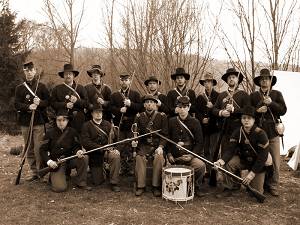Hallo Kameraden,
I am looking for recipes for soft bread, used by US- Troops. I tried the searchfunktion of the Forum, and goggle, but I found nothing usefull . Although I need the weight, the Form (Round,rectangular or what?), and the measurements.
I am looking for recipes for soft bread, used by US- Troops. I tried the searchfunktion of the Forum, and goggle, but I found nothing usefull . Although I need the weight, the Form (Round,rectangular or what?), and the measurements.




Comment